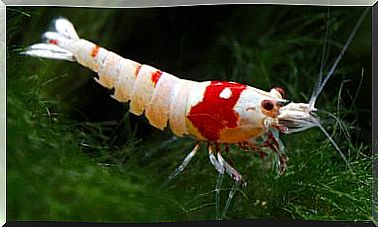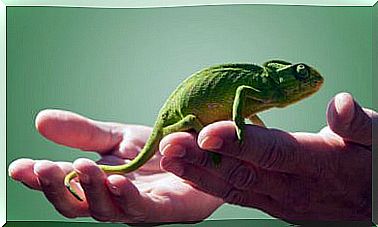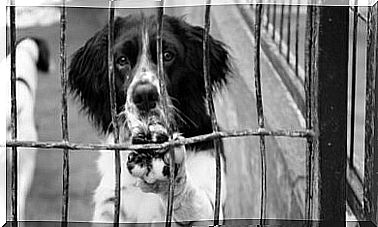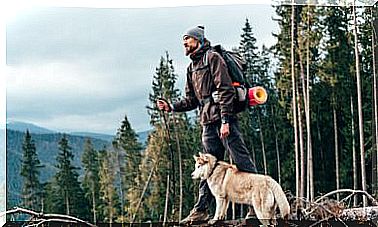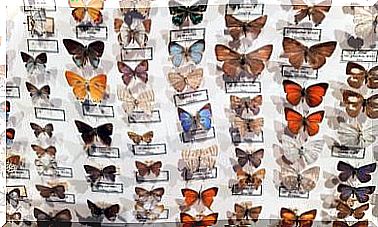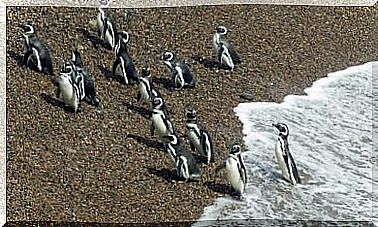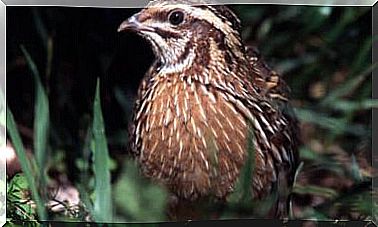Bones, The Dog That Searches For Missing Persons In Colombia
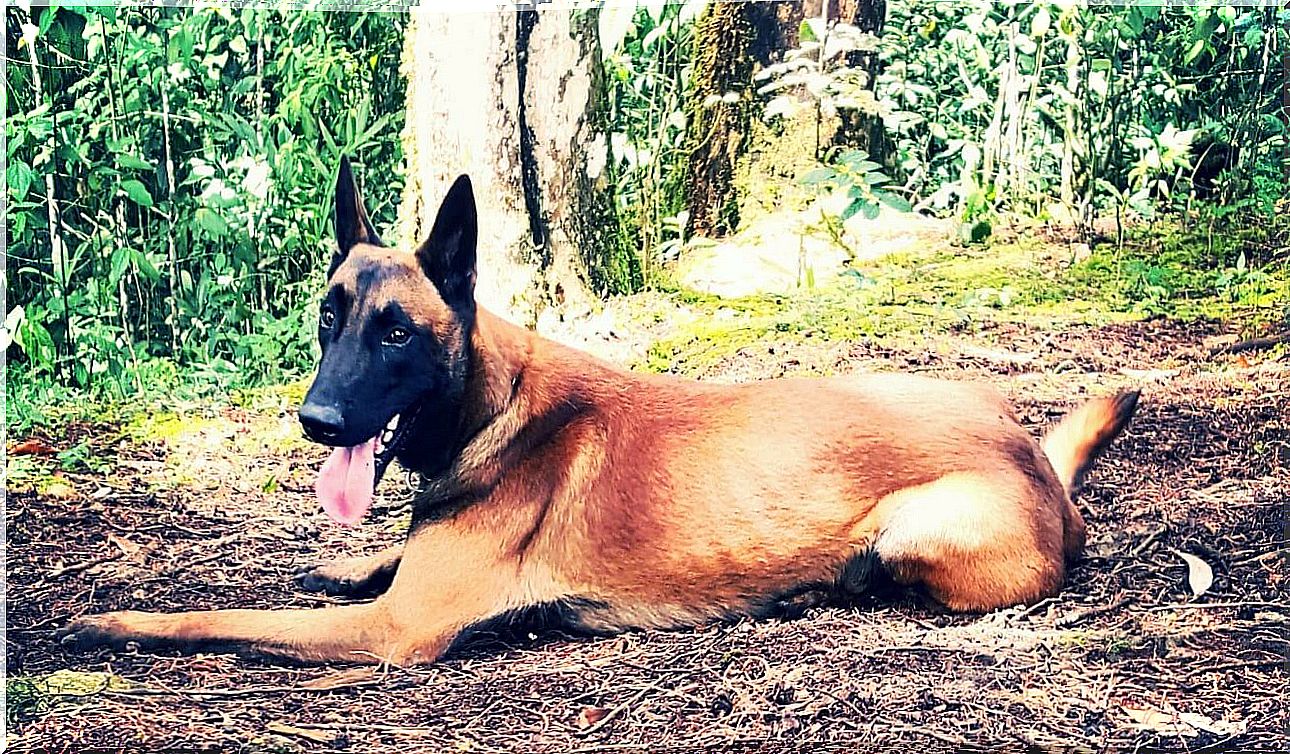
Dogs never cease to amaze us with their skills at the service of man. Today we tell you the story of Bones, the dog that searches for missing persons in Colombia. A milestone in a country punished by different expressions of violence.
A dog trained to find human remains
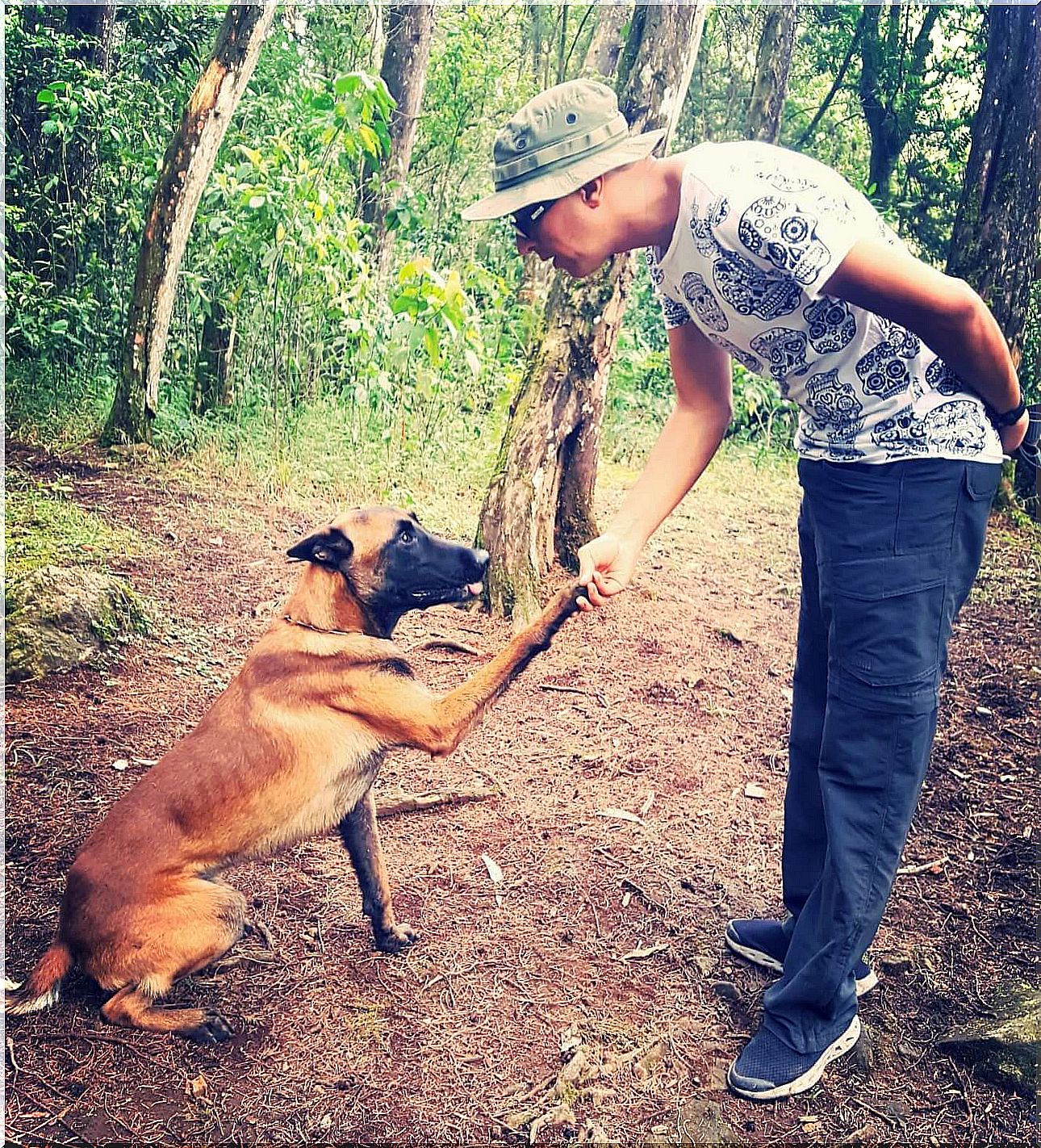
Bones is a Belgian Malinois specimen . From the age of 4 months he was trained to detect corpses in the Antioquia area. It is a region particularly affected by the many conflicts that this South American country went through and is going through (guerrillas, drug trafficking, paramilitaries, mafias, etc.).
The furry works with his owner, John Fredy Ramírez, a researcher at the CTI ( Technical Research Corps). The truth is that the animal has not yet reached a year and a half of life and has already found four bodies.
Keep in mind that the Single Registry of Victims (RUV) estimates that there are some 46,000 people who have forcibly disappeared in Colombia.
The drama of the enforced disappearance of people
“ They are neither dead nor alive. They are missing, ”a sinister Argentine dictator once said. That was his answer when he was consulted by the victims of the repression unleashed by the last military dictatorship that devastated that country (1976-1983).
The anguish and uncertainty that is generated in people who look for their relatives and do not know their condition is a common story in many countries in the region.
Therefore, finding the body, even after many years, is the only way to mitigate those feelings of anxiety. And the work that dogs like Bones can carry out is essential to bring a bit of calm to families who can finally grieve.
Learn how Bones was trained
Unlike other dogs employed by the CTI, Bones is a dog that works exclusively in the search for missing persons.
His training consisted of him learning to detect human remains through his nose. To achieve this, wooden boxes with holes were used. Four of them odorless and one that gave off the odor it had to identify.
When the animal identified the box, it was given approval with a clicker and rewarded. At first the rewards were edible. Then they were exchanged for games or toys.
This is how Bones works, the dog that searches for missing persons
Bones, the dog looking for missing persons, lives with Ramírez, his wife, and three cats. He trains every day. In the morning, for 1 hour, walk and play with a ball that smells like human bone. At night he takes another walk, this time for 30 minutes.
Ramírez says he has found the ideal dog for this task: a resistant animal, capable of traveling between 60 and 70 kilometers a day.
As soon as the CTI team reaches the area where a body is believed to be buried, the terrain is demarcated and probes are driven into the ground to create scent cones. That’s where Bones’s homework begins.
When the dog detects the scent, it marks the spot by moving in circles. To confirm the finding, he is removed from the site. If the animal returns, crouches down and begins to bark, there are few doubts that remain and the excavations begin. Meanwhile, Ramírez rewards his dog with games and cuddles.
The great work of corpse-tracking dogs
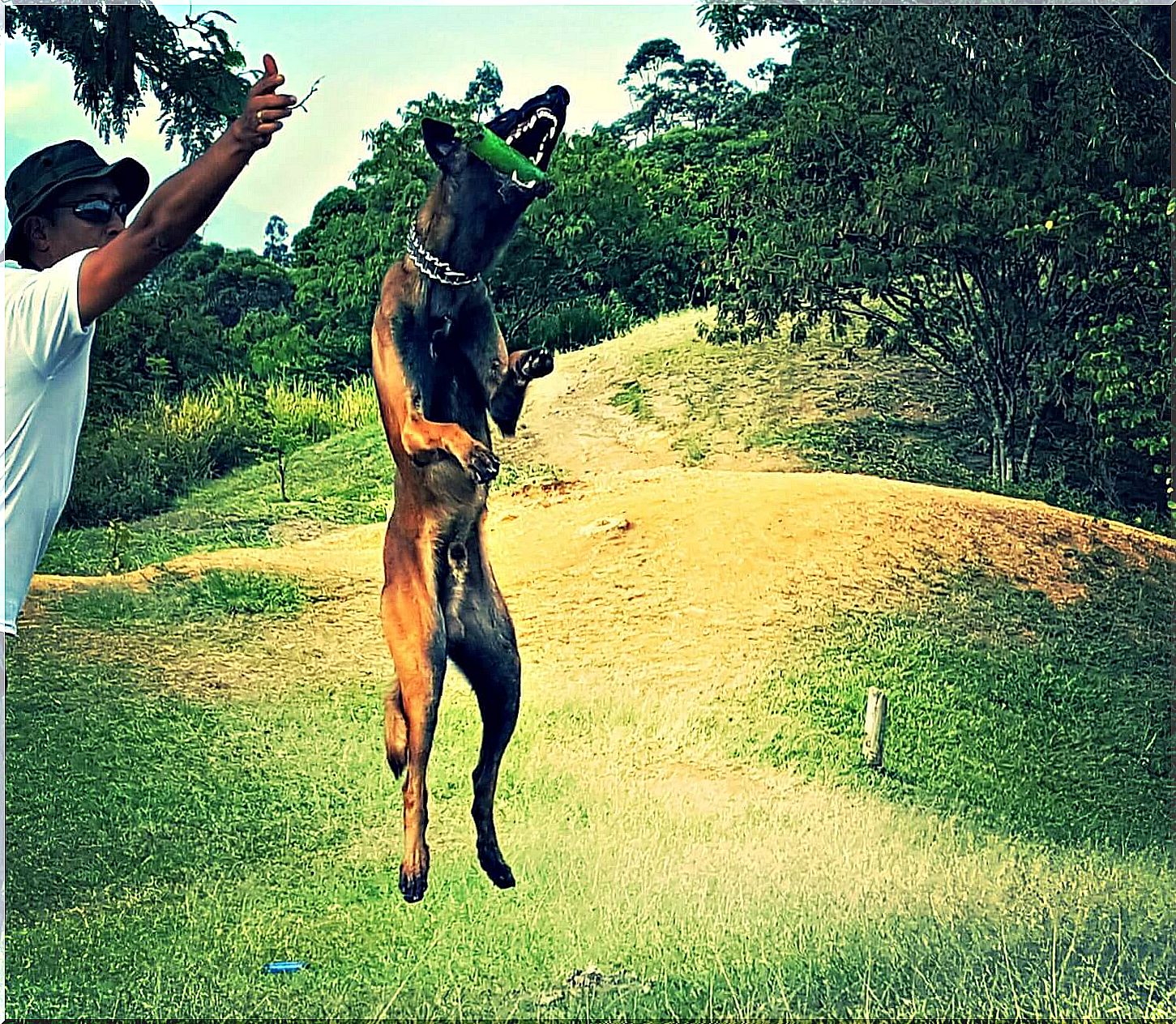
Reality indicates that, for example, if a body is supposed to be buried in an area of 5 square meters, it can take humans between two and three hours to find it. But the dog finds it in less than 15 minutes.
Therefore, once again, let us highlight the great help that dogs give to men, although sometimes they only receive abuse as a response.
In the case of Bones, although his name borders on black humor (it means “bones” in English), it contributes to bring some peace to the families that suffered the terrible drama of the forced disappearance of one of their members.
Photos by John Fredy Ramírez: pacifista.co
